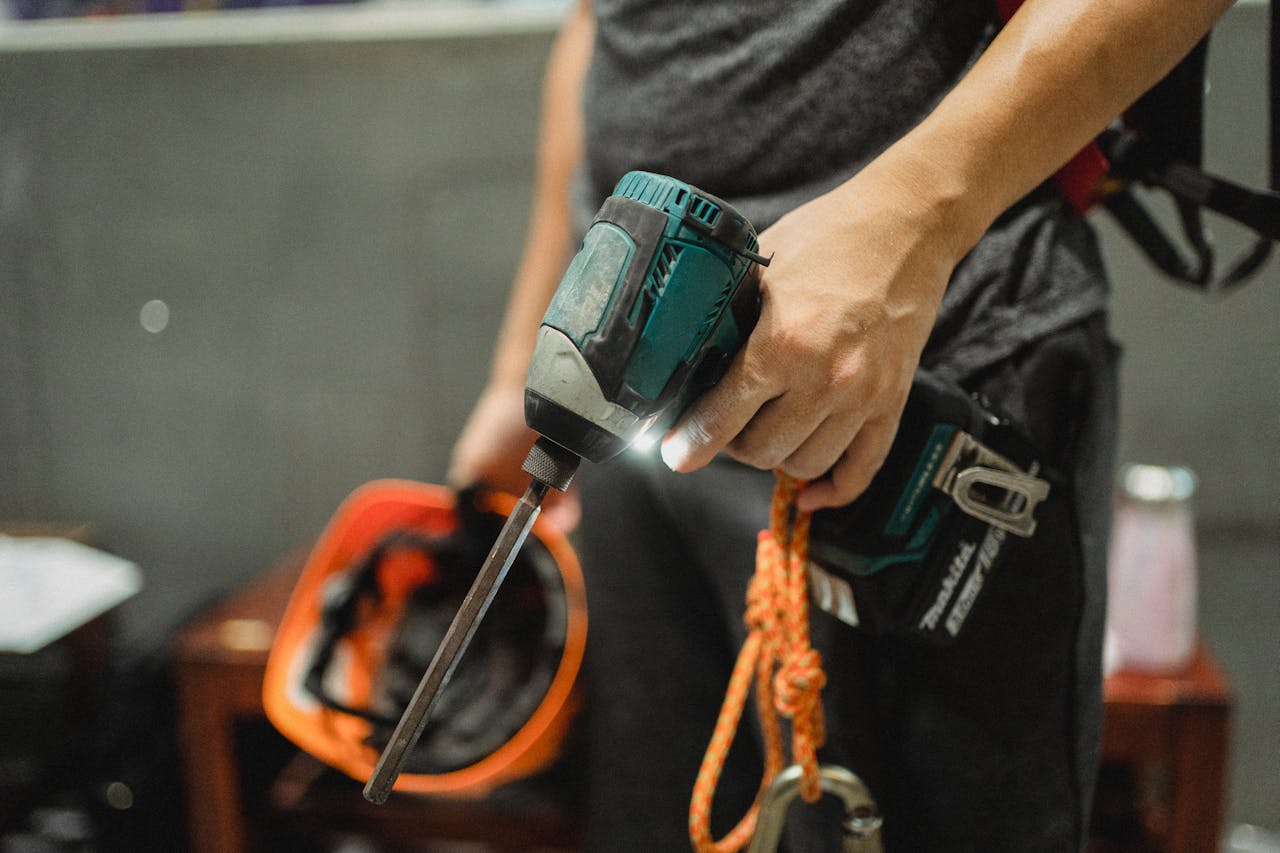Small businesses are the economic engine of the U.S. economy, and fostering their growth is essential for sustained economic vitality and social prosperity. The Federal 8(a) Business Development Program plays a vital role in empowering disadvantaged entrepreneurs. It has its roots in the Small Business Act of 1953 and, over the decades, has become crucial in providing a level playing field for small businesses owned by individuals who have historically faced challenges competing in the federal procurement marketplace.
Surety Bond Professionals is a family owned and operated bonding agency with over 75 years of experience. With access to a broad range of surety markets, our expert agents are ready to assist with all of your construction bond needs.
How the 8(a) Program Works
Under the 8(a) program, the SBA enters into contracts with other federal entities in the role of prime contractor. SBA then awards subcontracts either competitively or on a sole-source basis to certified 8(a) program participants that will execute the work.
Eligibility Criteria
To participate in the 8(a) Program, businesses must meet the criteria established by the SBA:
- The business must qualify as a small business by SBA standards, which are based on industry-specific criteria such as the number of employees or average annual receipts.
- The business must not have previously participated in the 8(a) program.
- The business must be at least 51% owned and controlled by one or more individuals who are socially and economically disadvantaged (e.g., certain ethnic minorities, women, veterans, and those who have faced substantial social or economic disadvantage). This includes small businesses owned by Alaska Native corporations, Community Development Corporations, Indian tribes, and Native Hawaiian organizations. Title 13 Part 124 of the Code of Federal Regulations defines the parameters for being considered socially and economically disadvantaged.
- The business must demonstrate potential for success by meeting specific financial and operational criteria, such as having been in operation for two years or more.
- Business owners must have a personal net worth of $850 thousand or less, adjusted gross income of $400 thousand or less, and no more than $6.5 million in assets. They must also demonstrate good character.
Prior to a July 2023 court ruling, the only thing that 8(a) program applicants had to do to qualify as socially disadvantaged was to demonstrate their identification as a member of one of these designated groups: Black Americans, Hispanic Americans, Native Americans, Asian Pacific Americans, and Subcontinent Asian Americans. This “presumption of social disadvantage” is no longer sufficient, and qualifying as socially disadvantaged now requires applicants to provide a social disadvantage narrative.
Businesses meeting all of the above eligibility criteria can apply for certification under the 8(a) Program. While 8(a) certification does not guarantee contract awards, it does help greatly in pursuing and capturing new opportunities to do business with the government. And it does not preclude program participants from competing for contracts through other government programs or small business set-asides.
Once certified, a business remains certified for nine years as long as it remains in compliance with all program requirements. Participation in the 8(a) program is a one-time event; after completing a nine-year term, a certified business or individual may not apply again for certification. The one exception to this rule is entity-owned firms—Alaska Native corporations, Tribal-owned Native Hawaiian organizations, and Community Development Corporations.
Benefits of the 8(a) Program
The 8(a) Program offers significant benefits for businesses that qualify. Key among these are:
- Eligibility to compete for the program’s sole-source and competitive set-aside contracts
- Sole-source and competitive contracting opportunities in various industries
- Technical assistance, mentoring (through the SBA Mentor-Protégé program), and training (through the SBA’s Empower to Grow program) on business development, marketing strategies, financial management, access to capital, and more.
- One-on-one business development assistance from dedicated Business Opportunity Specialists
- The ability to pursue joint ventures with established businesses
- Qualifying to receive federal surplus property on a priority basis
The 8(a) program also benefits society by stimulating job creation and economic growth, especially in underserved communities. Local economies see new tax revenue and the revitalization of distressed neighborhoods.
Applying for the 8(a) Program
Before applying for the 8(a) program, you’ll need to know or look up your primary NAICS code, which determines the size standards for qualifying as a small business. You’ll also need to register your business in the System for Award Management (SAM).
You can apply for 8(a) program certification online at certify.sba.gov, where you’ll find checklist tools, as well as information to guide you through the process. One such tool is an eligibility checklist that can help you determine the eligibility of your business and decide whether applying for 8(a) program certification makes sense for you at this time. You can also seek assistance from your local SBA office.
Once your application is complete, SBA must review it and make a certification decision within 90 days.
Maintaining Program Certification
The 8(a) program comprises two phases. Years 1 through 9 are the developmental phase and years 5 through 9 are the transitional phase.
The first four years are considered a development stage, and the last five years are considered a transitional stage. To maintain continuous eligibility, each 8(a) program participant undergoes an annual review to certify that statutory and regulatory requirements are being met. This involves submitting certain information to the SBA District Office servicing the business.
Challenges and Opportunities
One of the SBA’s primary concerns in administering the 8(a) program is ensuring equitable access to program benefits and opportunities for all eligible businesses. This requires outreach efforts to spread awareness of the program, particularly in underserved communities. And the program is evaluated on an ongoing basis to keep up with evolving market dynamics and emerging challenges.
The Federal 8(a) Program is compelling evidence of the United States’ commitment to fostering economic opportunity for disadvantaged entrepreneurs to thrive in the federal procurement marketplace. Providing targeted support for underrepresented entrepreneurs is key to ensuring a more equitable and prosperous future for all Americans.
Call Us Today
Our surety bond professionals will help you grow your revenue by maximizing your surety capacity. Call us today!





